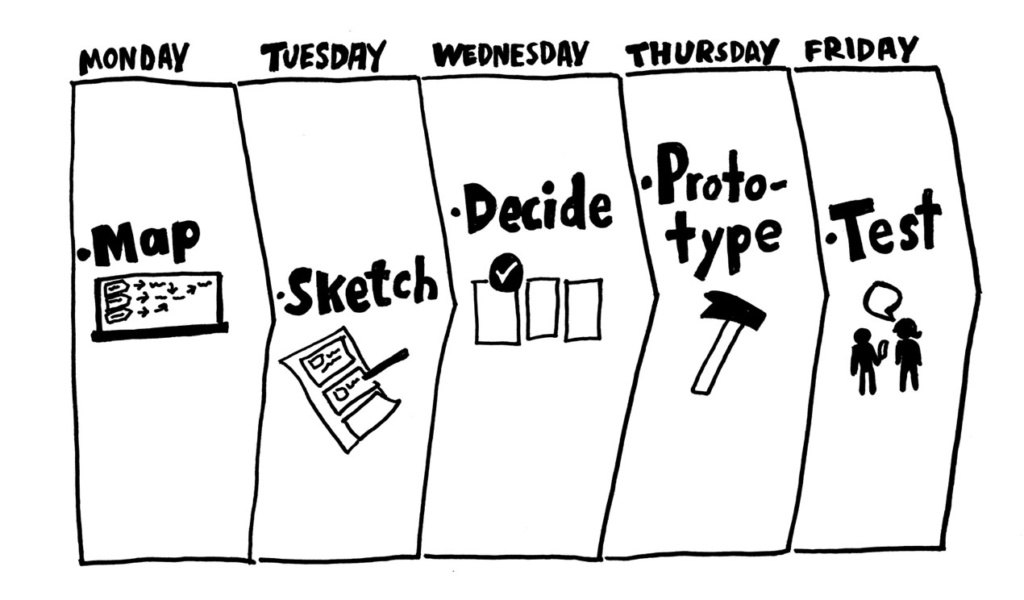Regular user testing
Knowing who your customers are and understanding their unique needs and motivations is a priority for every organisation. In 2018, businesses should aim to involve customers at all stages of research and development. No matter how well-established or regarded your brand is, customer needs are constantly evolving. So reaching out to customers (not just fictional personas) on a regular basis is paramount.

An example of a business engaging in constant customer dialogue is Monzo, a UK digital mobile-only bank. Launched in 2015, Monzo has been praised for its dedication to meeting customer needs and using their suggestions to develop features for the mobile app. Monzo conducts weekly user testing sessions with a mix of users and non-users to review existing and upcoming features. Weekly user testing might not be feasible for all businesses, but a more consistent focus on users is clearly needed.


